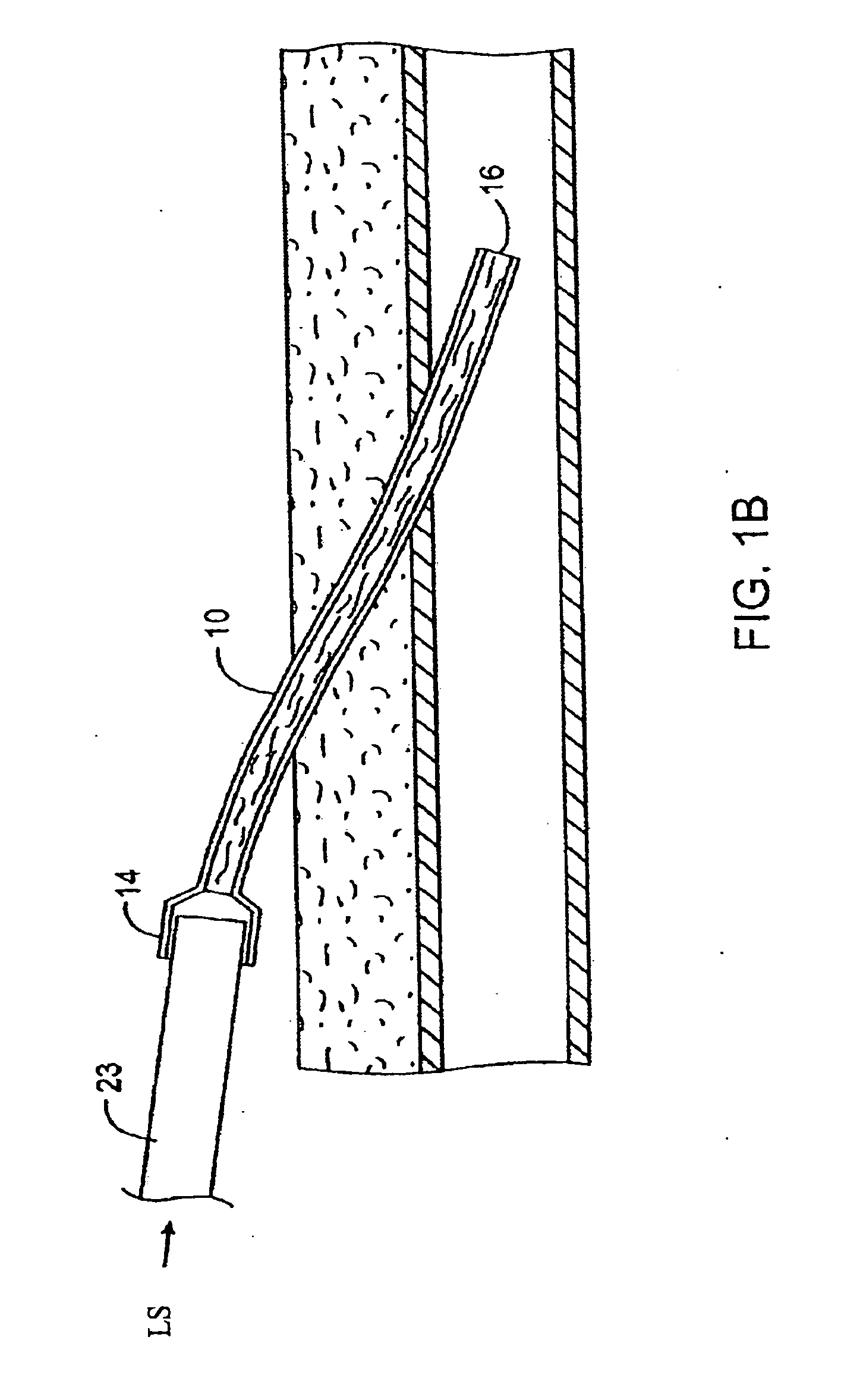Transdermal venous access locking solution
a technology of venous access and locking solution, which is applied in the direction of catheters, extracellular fluid disorders, peptide/protein ingredients, etc., can solve the problems of increased risk of developing resistance to antimicrobials, increased risk of infection, and inability to inhibit or prevent etc., to prevent adhesion and colonization of catheter surfaces, improve the effect of inhibiting or preventing infection of implanted catheters
- Summary
- Abstract
- Description
- Claims
- Application Information
AI Technical Summary
Benefits of technology
Problems solved by technology
Method used
Image
Examples
example 1
Preparation of an n-Octanoic acid-EDTA (O-EDTA) Pharmaceutical Composition
[0079]The present example describes the preparation of an O-EDTA pharmaceutical composition.
[0080]The n-Octanoic acid-EDTA (O-EDTA) solution was prepared to achieve final concentrations of about 3.5 millimolar octanoic acid and about 30 mg / mL EDTA in a sterile water solution. Separate solutions of EDTA (60 mg / mL) in sterile water and n-octanoic acid (7 millimolar) in buffer (pH-5) were prepared. The EDTA was reconstituted from EDTA powder (Sigma Chemical Co., St. Louis, Mo.). Octanoic acid was obtained from (Sigma Chemical Co., St. Louis, Mo.) and combined with a volume of buffer (pH-5) sufficient to constitute about 7.0 millimolar n-octanoic acid.
[0081]The 7.0 millimolar n-octanoic acid and 60 mg / mL EDTA solutions were mixed in equal volumes to constitute a 3.5 millimolar n-octanoic acid and 30 mg EDTA / mL buffered (pH-5) solution. The solution was stored in a sterile container.
[0082]Once formulated, the O-EDT...
example 2
Method for Maintaining Catheter Patency with an n-Octanoic Acid-EDTA Pharmaceutical Composition
[0083]The present example demonstrates one proposed embodiment of a method that may be used in maintaining the patency of an indwelling catheter in a patient. The regimen described herein is potentially applicable for use in both pediatric and adult patients. While the particular composition used was n-octanoic acid and EDTA the present example is applicable when using any of the combinations of n-octanoic, n-butyric, n-pentanoic, n-hexanoic, n-heptanoic and n-nonanoic acids antimicrobial agents and a chelating agent, anticoagulant or antithrombotic agent.
[0084]The particular dose of n-octanoic acid-EDTA in this regimen exposes patients only to relatively low, pharmaceutically acceptable levels of the EDTA and n-octanoic acid while providing effective infection control and catheter patency.
[0085]An indwelling catheter of a patient is flushed with a solution of n-octanoic acid / EDTA the “flu...
PUM
| Property | Measurement | Unit |
|---|---|---|
| concentration | aaaaa | aaaaa |
| concentration | aaaaa | aaaaa |
| concentration | aaaaa | aaaaa |
Abstract
Description
Claims
Application Information
 Login to View More
Login to View More - R&D
- Intellectual Property
- Life Sciences
- Materials
- Tech Scout
- Unparalleled Data Quality
- Higher Quality Content
- 60% Fewer Hallucinations
Browse by: Latest US Patents, China's latest patents, Technical Efficacy Thesaurus, Application Domain, Technology Topic, Popular Technical Reports.
© 2025 PatSnap. All rights reserved.Legal|Privacy policy|Modern Slavery Act Transparency Statement|Sitemap|About US| Contact US: help@patsnap.com



